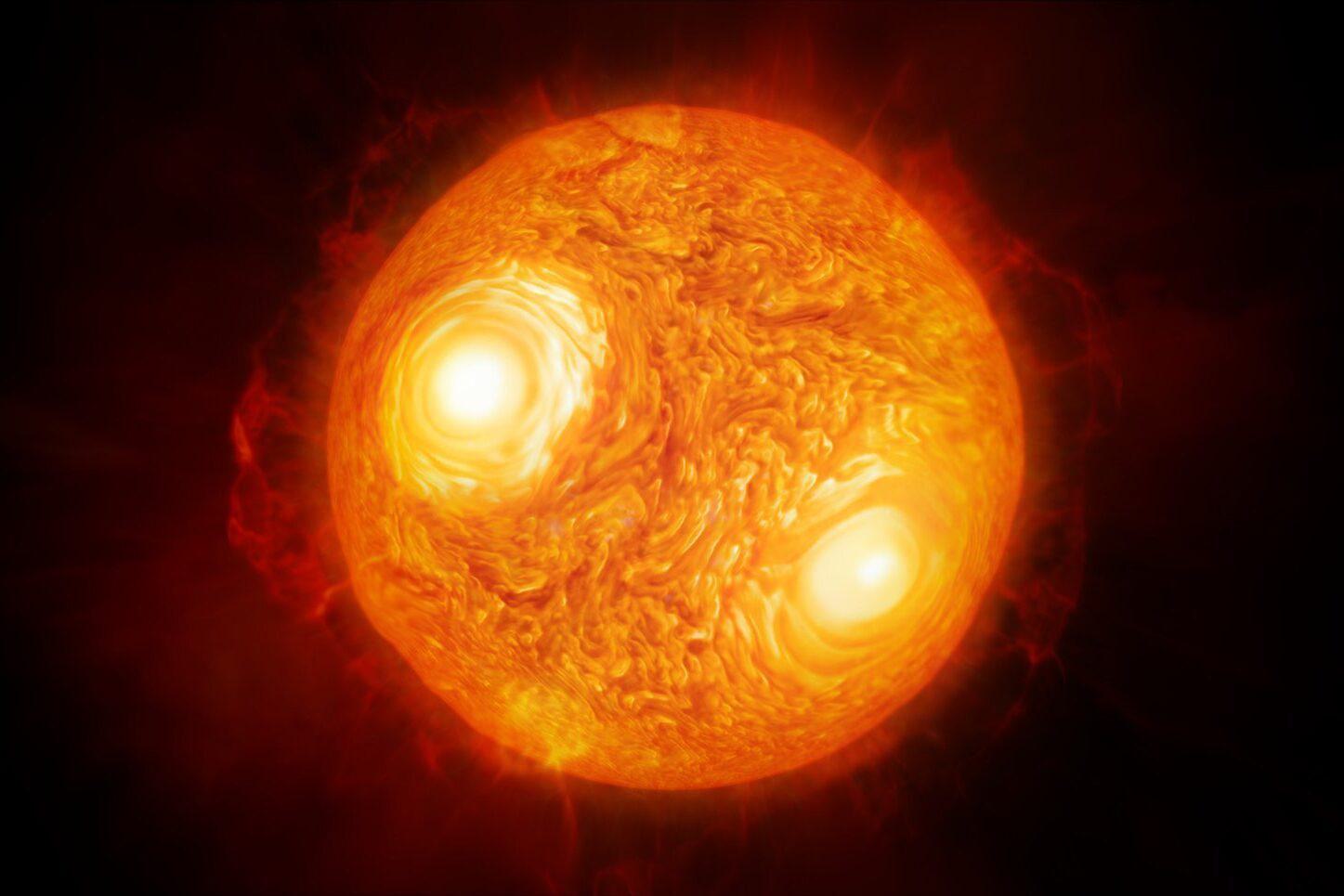Since centuries before the birth of Christ, people viewed stars as signs of significant events on Earth, often as precursors to those events. Could it be happening again on Monday, January 8, 2024?
That is the date of the National Championship game, the College Football Playoff final. If the Alabama Crimson Tide beats Michigan in the Rose Bowl on New Year's Day, the Tide will play for (another) National Championship on January 8.
That game for all the marbles is scheduled for kickoff at 6:30 p.m. CT on January 8. Coincidentally (or not), Earth's moon will have a close visual encounter with the crimson-hued star Antares, starting about kickoff time and appearing closest to the moon at 8:24 p.m. during halftime. Alabama fans can walk outside and view the crimson star at halftime without missing any of the Crimson Tide's game.
A crimson star. The Crimson Tide playing in front of a worldwide audience for the 2024 National Championship. At the same time.
Only the reporters at 1819 News figured out this conjunction. The "Wise Men in the East." The rest of the media world will be alerted to this unprecedented event by reading this article like you.
At the same time the moon is approaching Antares with its crimson hue, the Crimson Tide will face either Texas (again) or Washington, whichever wins the Sugar Bowl on New Year's night in New Orleans.
The moon will appear to almost brush Antares, appearing to come within less than one degree of each other, 0.8 of a degree to be exact. That close encounter, like many astronomical events, is an optical illusion. Antares is actually 550 light years beyond the Earth and the moon. Watching Antares from the Earth, it and the moon will appear to almost collide.
While many astronomical events are challenging to spot with the naked eye, this one is an exception. As long as local cloud cover allows, the moon will be clearly visible, and Antares will be just to the south of it.
Antares is, on average, the 15th brightest star in the night sky. It is 12 times the size of our sun. Antares is actually two close-together stars. It has an A Star and a B Star, just like the Crimson Tide has an A Team and a B Team.
If you go out at halftime of the championship game, you will not need a telescope, binoculars, or any special equipment to view Antares and the Moon. The conjunction is visible to the naked eye.
Antares looks similar to the planet Mars. The crimson star resembles the Red Planet.
In the days before January 8, the moon returns to the constellation Scorpius. Antares is a crimson supergiant sometimes called "the heart of the Scorpion." Antares is located in the Rho Ophiuchi cloud complex. This region is normally one of the most colorful regions of the sky and was recently videoed by the James Webb Space Telescope. You won't be able to see the faint nebulae in that region when the moon visits it in January, but you will see a beautiful conjunction in the winter sky on January 8.
As you watch the crimson star get face to face with the moon during halftime, be sure to sing this line from the Alabama fight song, "Yea, Alabama:"
"For Bama's pluck and grit have writ her name in Crimson flame."
Jim Zeigler is a former Alabama Public Service Commissioner and State Auditor. You can reach him for comments at ZeiglerElderCare@yahoo.com.
Don't miss out! Subscribe to our newsletter and get our top stories every weekday morning.










